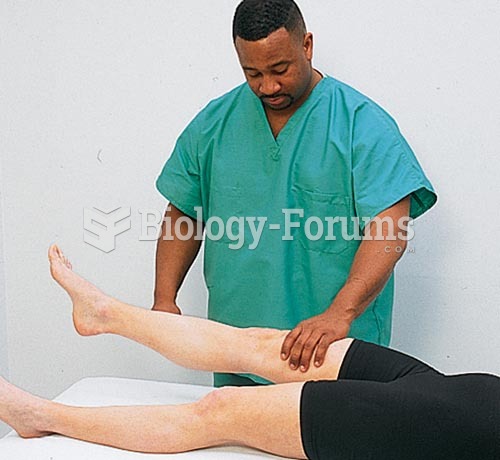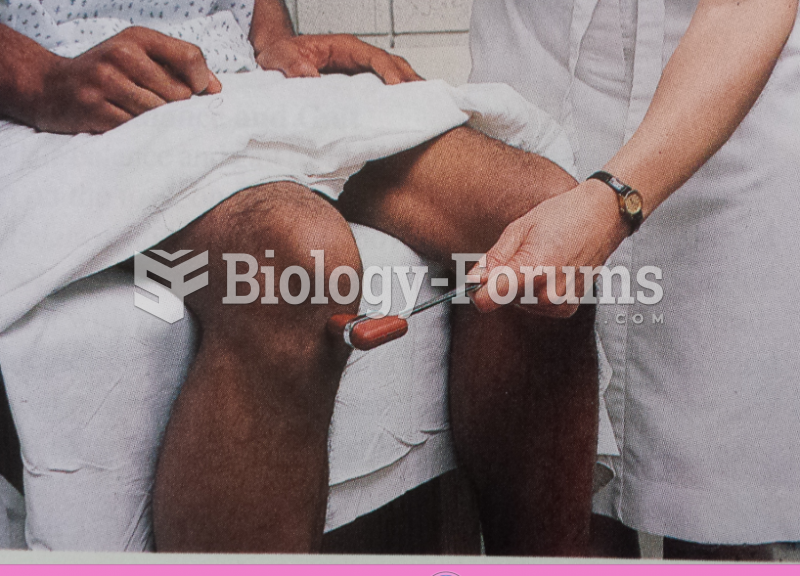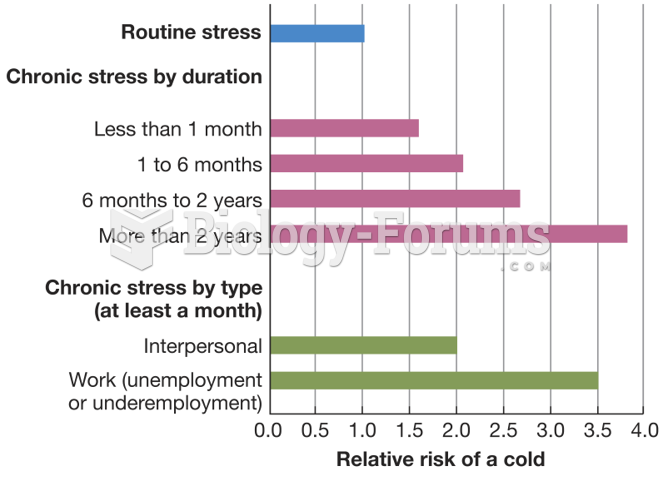|
|
|
Cyanide works by making the human body unable to use oxygen.
When blood is deoxygenated and flowing back to the heart through the veins, it is dark reddish-blue in color. Blood in the arteries that is oxygenated and flowing out to the body is bright red. Whereas arterial blood comes out in spurts, venous blood flows.
Vaccines cause herd immunity. If the majority of people in a community have been vaccinated against a disease, an unvaccinated person is less likely to get the disease since others are less likely to become sick from it and spread the disease.
More than 34,000 trademarked medication names and more than 10,000 generic medication names are in use in the United States.
The first documented use of surgical anesthesia in the United States was in Connecticut in 1844.







